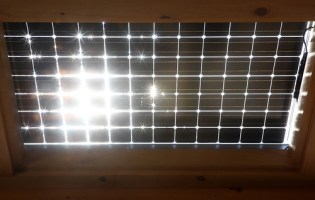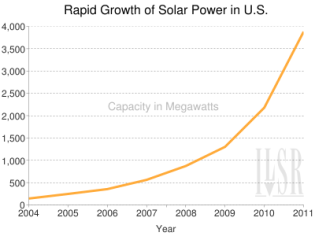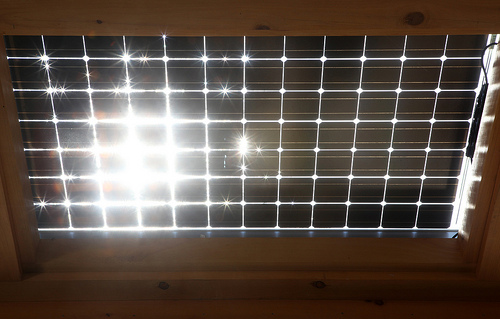 This post originally appeared on Energy Self-Reliant States, a resource of the Institute for Local Self-Reliance’s New Rules Project.
This post originally appeared on Energy Self-Reliant States, a resource of the Institute for Local Self-Reliance’s New Rules Project.
What if installing more solar could reduce electricity prices? It’s already happening in Germany, world leader in solar power, and it’s likely to happen in the U.S., too.
Right now the idea of solar reducing electricity prices seems silly. After all, when subsidies aren’t factored in, the cost of residential solar will be higher than residential retail electricity prices in all but three states until after 2016. But solar has two key factors in its favor:
- Electricity, like many things, costs more when in high demand. And while many U.S. ratepayers on are flat rate electricity plans, the truth is that their utility pays more to deliver electricity on those hot, sunny afternoons in the summer when air conditioners are running like mad. Utilities call these times “peak periods,” when electricity use spikes and they have to turn on every last power plant.
- Solar PV arrays tend to produce at their best during these peak periods.
The following chart shows how PG&E (a California utility) charges significantly more for electricity during the afternoon hours when demand is high, and how a south-facing, fixed-tilt solar array can produce a lot of electricity during those peak hours.

Solar output can actually match this peak curve better, if the panels are angled toward the southwest rather than due south, resulting in more late afternoon output.
Either way, however, solar adds electricity to the electricity system when it needs it most. And when that happens, it supplants electricity that was previously supplied by the dirtiest and most costly fossil fuel “peaking” power plants. In Germany, the sharp growth in solar power output (from 3,000 gigawatt-hours in 2007 to over 18,000 gigawatt-hours in 2011) reduced the cost of electricity during their mid-day peak period by 40 percent, almost completely eliminating the price differential between peak electricity and the base cost.
The process where solar supplants expensive peaking power is called the “merit order effect.” It works because utilities buy solar power on long-term contracts and there is zero marginal cost to take solar electricity at any particular time (they’ve already paid for it). The peaking plants, on the other hand, tend to sell their power on the spot market. Therefore, every megawatt of additional solar on the grid during a peak period supplants a megawatt of peaking power, eventually putting those costly plants out of the picture. Ultimately, it means that during periods of high solar PV output, there won’t be peak power events with higher electricity prices.
 Admittedly, the U.S. has a ways to go. Solar produced enough electricity for as much as 17 percent of peak demand in Germany in 2011, while one of the U.S. leaders in solar per capita — Gainesville, Fla. — only serves about 1.5 percent of its peak demand with solar.
Admittedly, the U.S. has a ways to go. Solar produced enough electricity for as much as 17 percent of peak demand in Germany in 2011, while one of the U.S. leaders in solar per capita — Gainesville, Fla. — only serves about 1.5 percent of its peak demand with solar.
But solar is growing at an exponential rate in the U.S., just as it did in Germany. And since solar can provide power when the grid needs it most, there’s a lot more to its cost than cents and kilowatt-hours.




